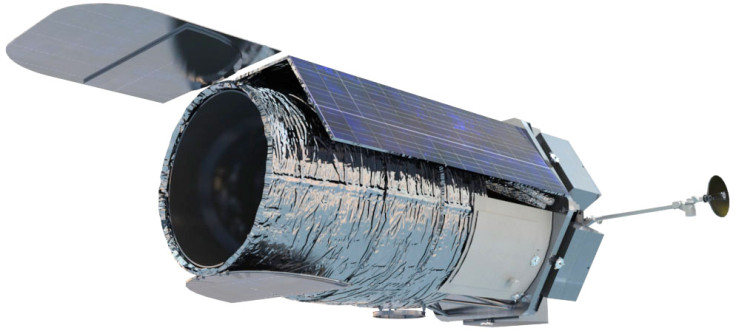WFIRST: Nasa telescope 100 times bigger than Hubble will search for dark matter, alien worlds

Nasa has announced the development of a telescope with a view 100 times bigger than Hubble, which it says will help unlock the secrets of the universe. The Wide Field Infrared Survey Telescope (WFIRST) will be used to hunt for dark energy, alien worlds and explore the early cosmos.
The space agency said it was moving forward with the mission after years of preparatory studies and evaluations. Talking of the project, John Grunsfeld, astronaut and associate administrator of NASA's Science Mission Directorate, said: "WFIRST has the potential to open our eyes to the wonders of the universe, much the same way Hubble has.
"This mission uniquely combines the ability to discover and characterise planets beyond our own solar system with the sensitivity and optics to look wide and deep into the universe in a quest to unravel the mysteries of dark energy and dark matter."
The WFIRST telescope will carry a Wide Field Instrument to carry out surveys, along with a Coronagraph instrument that will be able to block the glare from stars to show the light of planets orbiting them. This will allow scientists to carry out detailed measurements of the planets to learn about their chemical make-up – meaning they can search for signs of environments that could host life.
Paul Hertz, director of NASA's Astrophysics Division, said: "WFIRST is designed to address science areas identified as top priorities by the astronomical community. The Wide-Field Instrument will give the telescope the ability to capture a single image with the depth and quality of Hubble, but covering 100 times the area. The coronagraph will provide revolutionary science, capturing the faint, but direct images of distant gaseous worlds and super-Earths."
In the search for dark energy and dark matter, the telescope will be used to measure the distances of supernovae to map cosmic expansion over time. Measuring the shapes, positions and distances of galaxies will mean scientists can track the distribution and growth of structures, including the dark matter that accompanies them.

"In addition to its exciting capabilities for dark energy and exoplanets, WFIRST will provide a treasure trove of exquisite data for all astronomers," said Neil Gehrels, WFIRST project scientist. "This mission will survey the universe to find the most interesting objects out there."
WFIRST is expected to be launched in the mid-2020s and observations will begin after it has travelled to a point about one million miles from Earth and been positioned directly opposite the Sun. Its launch will follow that of the James Webb Telescope (JWST), which is scheduled to take place in 2018.
Speaking about how WFIRST will complement JWST, Gehrels said: "One way to think of it is that WFIRST-AFTA's view of the cosmos is wide and shallow, while JWST's is narrow and deep. The wide-field survey performed by WFIRST-AFTA will cover 200 times the sky area of the Hubble Ultra-Deep Field. JWST will take images and spectra 100 times more sensitive than Hubble."
© Copyright IBTimes 2025. All rights reserved.






















